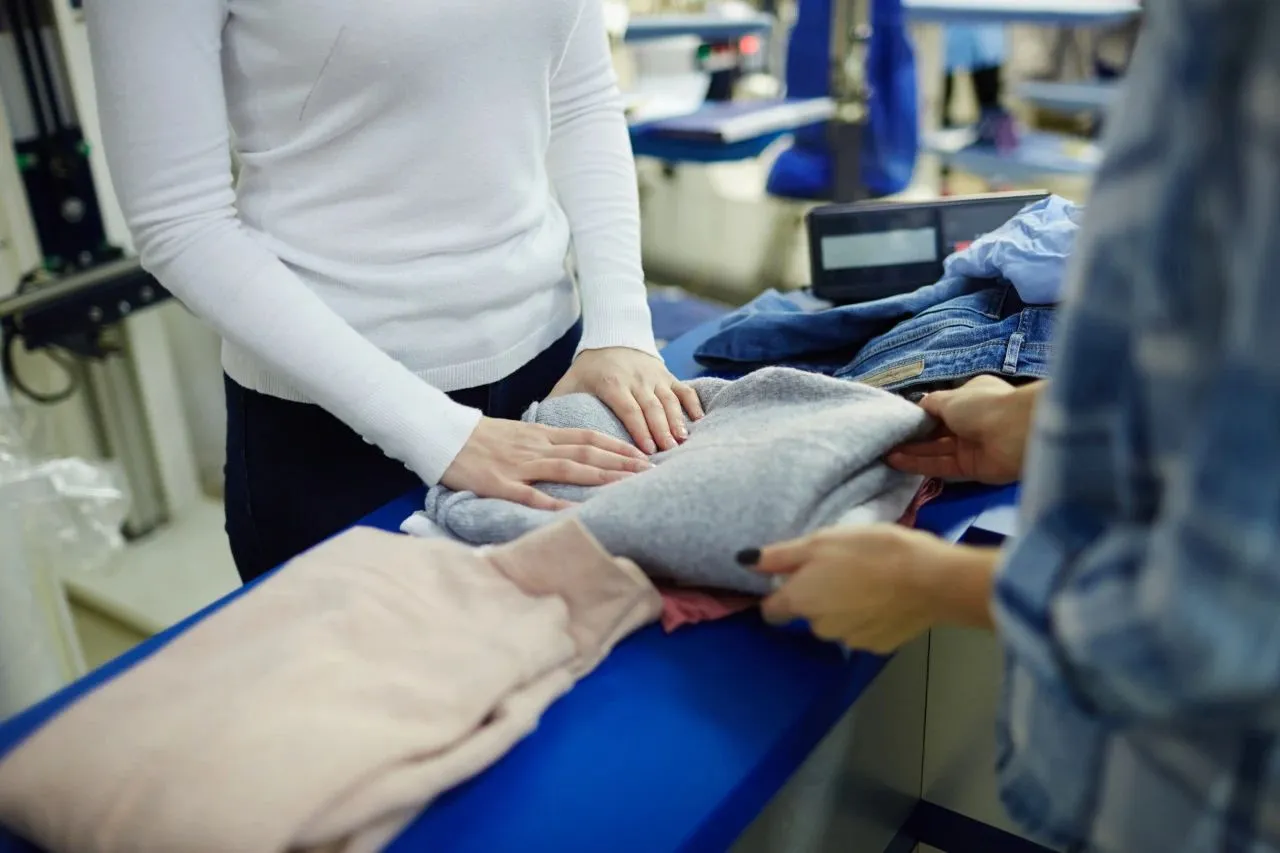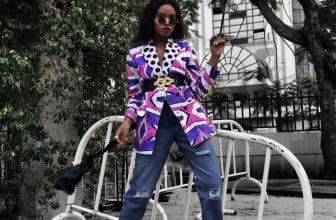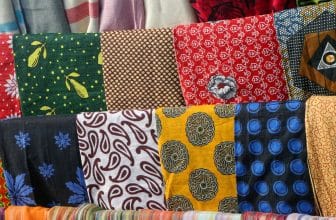5 Proven Ways to Identify High-Quality Fabric Before You Buy

Introduction
Ever bought a fabric that looked amazing in the shop but lost its beauty after one wash? You’re not alone. Many buyers — even experienced ones — struggle to spot the difference between true quality fabric and a look-alike that fades, stretches, or shrinks.
The good news? You don’t need special tools or decades of experience to tell the difference.
Here are 5 proven, easy ways to identify high-quality fabric before you buy — straight from the techniques professional tailors and textile experts use every day.
1. Feel the Fabric — Texture Never Lies
The first rule of quality checking is simple: touch it.
Good fabric feels comfortable, consistent, and rich. Poor fabric often feels rough, plasticky, or uneven.
Run your hand slowly over the material. Does it feel soft yet firm? Does it bounce back after you squeeze it? Those are signs of high-quality fibers.
Pro Tip:
Natural fibers like cotton, silk, and linen tend to have a lively feel — not stiff or lifeless. Blends should still feel smooth and breathable.
2. Do the Stretch and Recovery Test
Gently stretch a small part of the fabric and release it.
A quality fabric will return to its original shape without sagging or distortion. Low-quality fabrics often stay stretched or form wrinkles instantly.
This test helps reveal fiber strength and elasticity, which determines how long your garments will last and how well they hold shape.
3. Examine the Weave or Knit Closely
Hold the fabric up to a light source. The weave or knit should look tight, even, and consistent.
Loose weaves mean faster wear and tear, while uneven spacing often points to cheap manufacturing.
Check both sides of the fabric — a truly good textile looks almost identical on both sides, showing fine craftsmanship.
Quick check:
If you pull the edges slightly and see gaps or frays, it’s a red flag.
4. Observe the Fabric’s Drape and Weight
High-quality fabrics move gracefully. Hold it up and let it fall.
If it flows smoothly and naturally, that’s a good sign. If it feels stiff or collapses awkwardly, the quality may be low or the fiber heavily treated with chemicals.
Different fabrics have different drapes — silk should flow; denim should hold its structure. Knowing this helps you match the right material to your design purpose.
5. Color, Finish, and Smell Tell the Truth
Quality fabrics have even dye, vibrant color, and a clean scent.
If a fabric smells harsh or chemical-like, it may have been over-treated. Rub a white cloth on it; if color comes off easily, the dye may bleed during washing.
Also, check for lint or fuzz on the surface — excessive pilling before you even buy it means the fibers are short and weak.
Bonus: Ask for Fabric Composition
A confident seller should know the exact composition of their fabric (e.g., 80% cotton, 20% polyester). When a seller avoids the question, it’s often because the blend quality is poor or inconsistent.
Closing Thoughts
Quality fabric doesn’t just look better — it saves money, time, and reputation.
By using these five simple tests — touch, stretch, weave, drape, and color — you’ll start spotting premium fabrics instantly.
The more you test, the sharper your instincts become. Soon, you won’t even need to ask — your hands and eyes will tell you what’s good.
So, the next time you walk into a fabric store, trust your senses. They’re your best tools for identifying quality that lasts.






